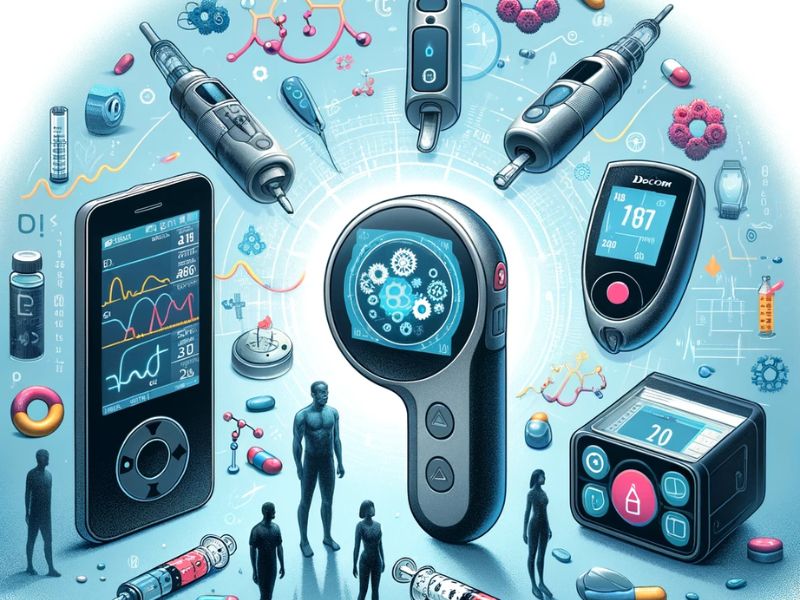
Innovations in Diabetes Technology: Cutting-Edge Tools for More Effective Control
Latest technological developments offer new hope to diabetic patients
New Glucose Monitoring Systems
2023 has witnessed significant advancements in glucose monitoring technology, with increasingly sophisticated and accessible devices. An example is the Dexcom G7, featuring a smaller profile, combined sensor and transmitter, and a redesigned mobile app, making it available for people with type 1, type 2, and gestational diabetes from the age of two. These developments represent a major step toward more accurate and less invasive glucose level control.
Insulin Pumps and Automated Dosing Systems
Advancements in insulin pumps and automated dosing systems offer more personalized and flexible diabetes management. For instance, the Tandem Control-IQ, approved by the FDA for children as young as two years old, is a closed-loop system that automatically regulates glucose levels. This system, along with others like the Omnipod 5 and the MiniMed 780G, eases the daily management of diabetes, especially for younger patients.
Innovative and Experimental Therapies
Innovative and experimental therapies have emerged, such as bionic pancreases and stem cell therapies. A significant example is the iLet Bionic Pancreas, the first automated insulin-delivery system that determines 100% of all insulin doses. This system eliminates the need for detailed carb counting or bolus calculations, starting simply with the patient’s body weight.
Impact on Quality of Life
With these technological developments, the future of diabetes treatment looks promising. The accessibility and ease of use of these technologies have the potential to significantly improve the quality of life for diabetic patients. As research continues to advance, new innovations are expected to emerge, offering further improvements in diabetes management and treatment.


